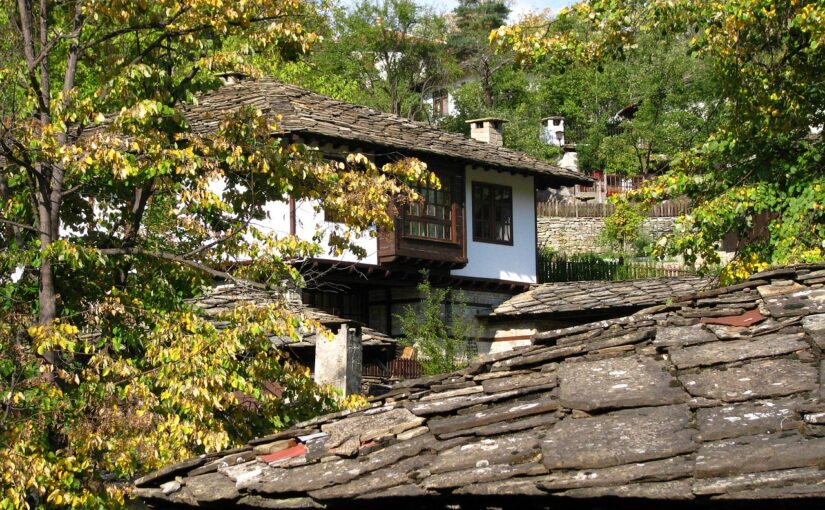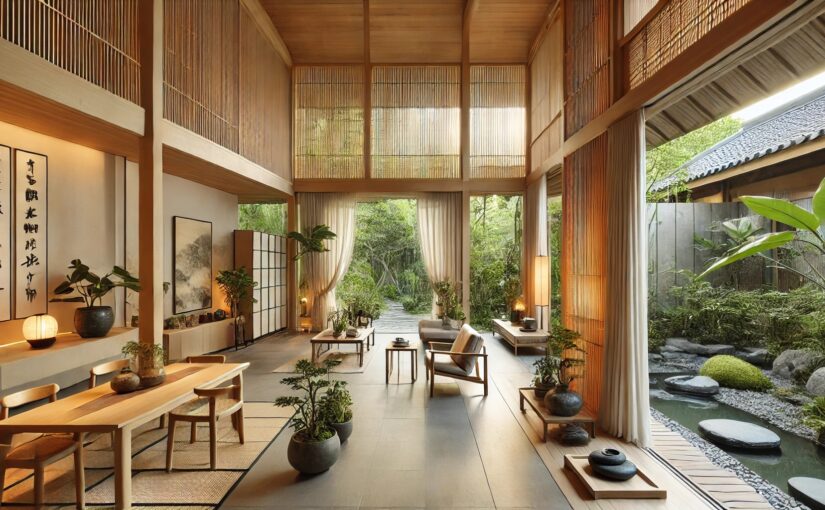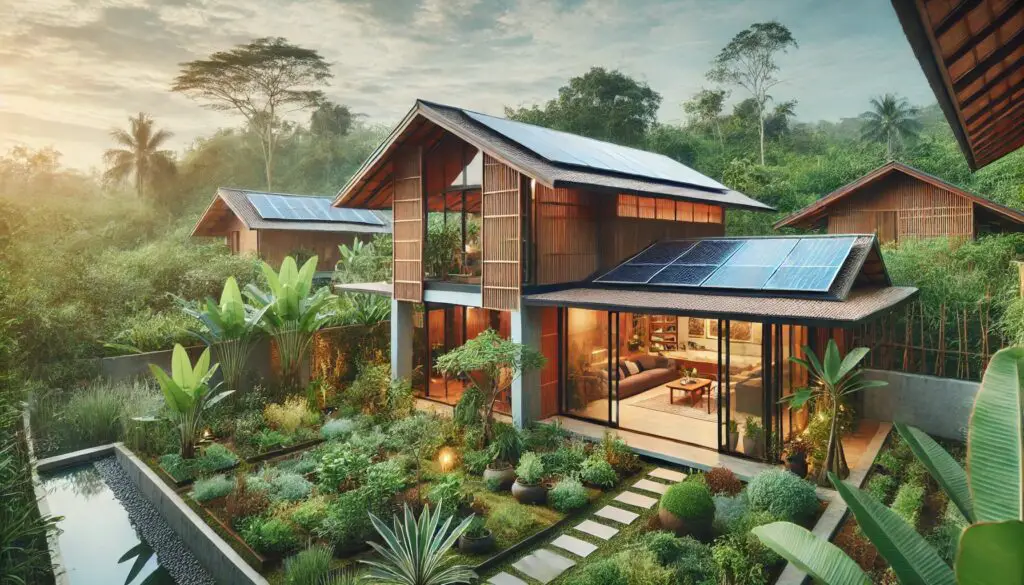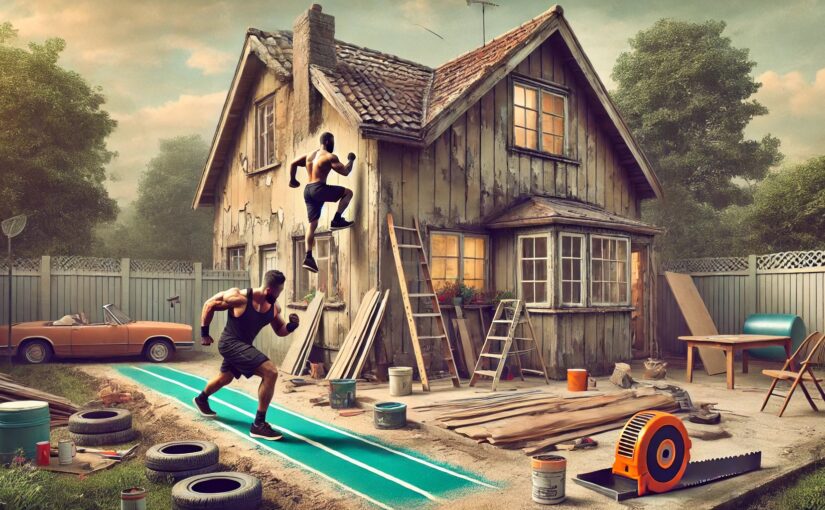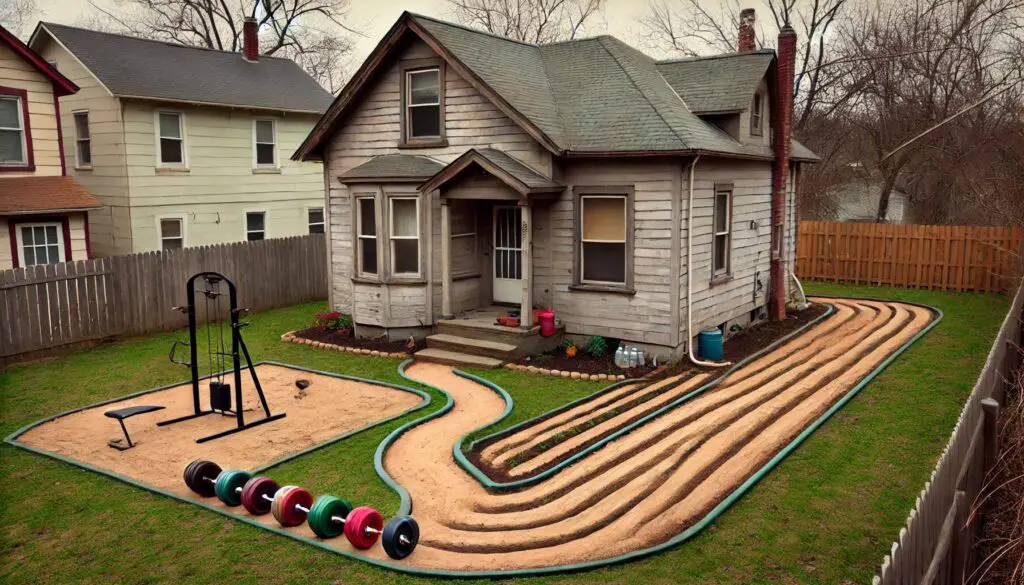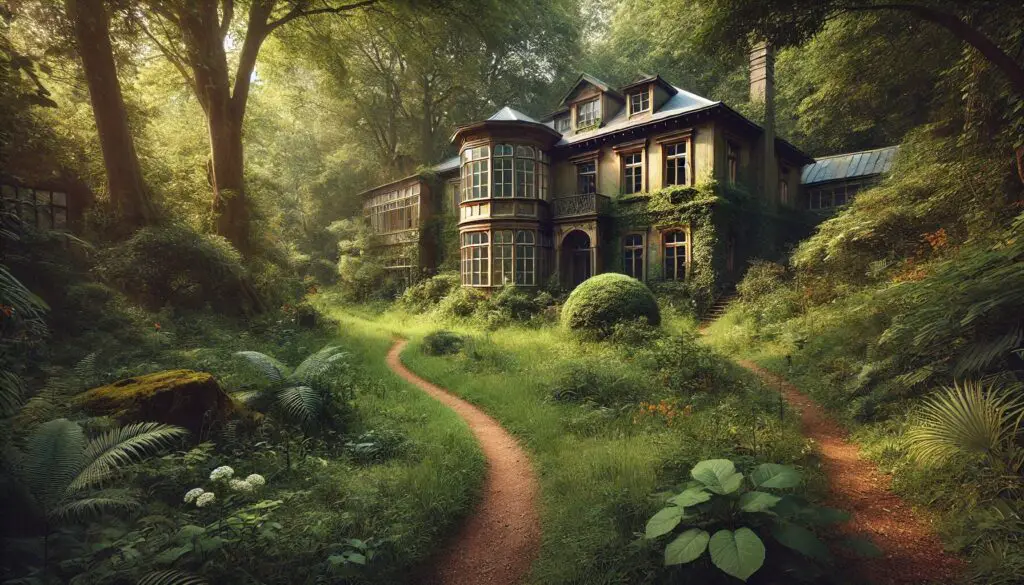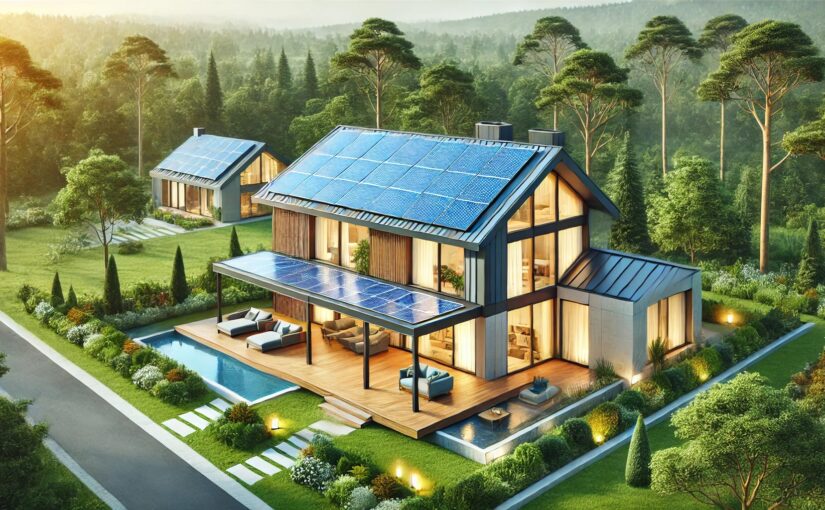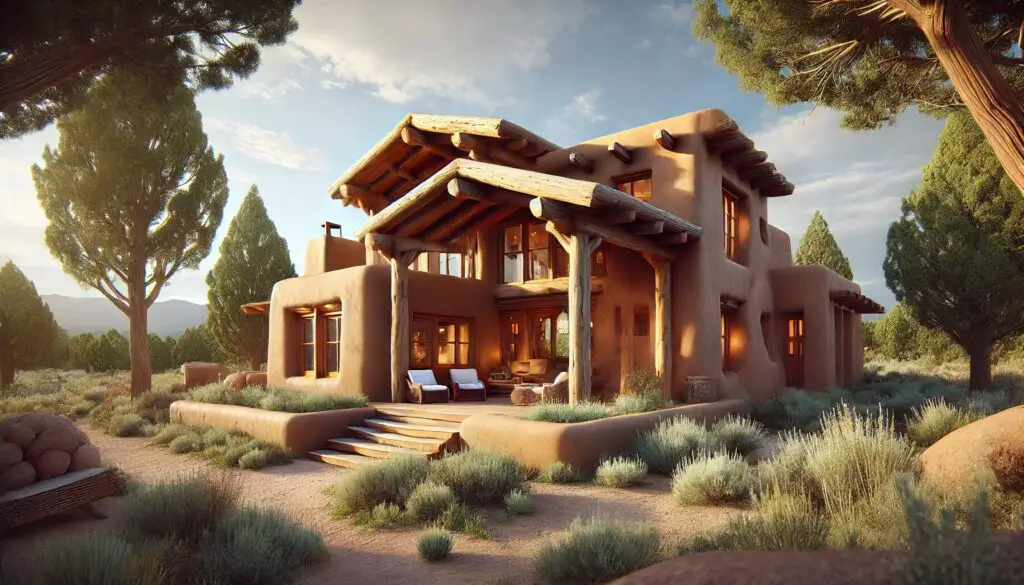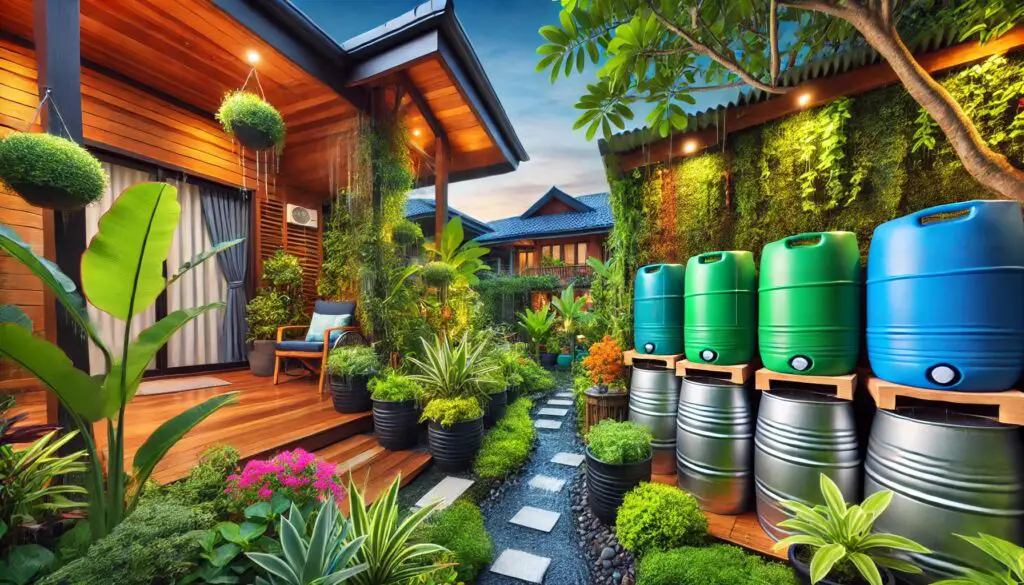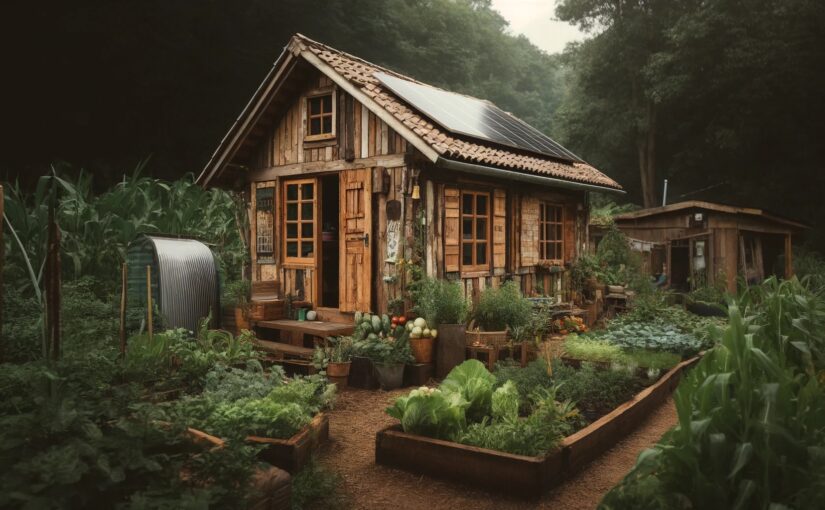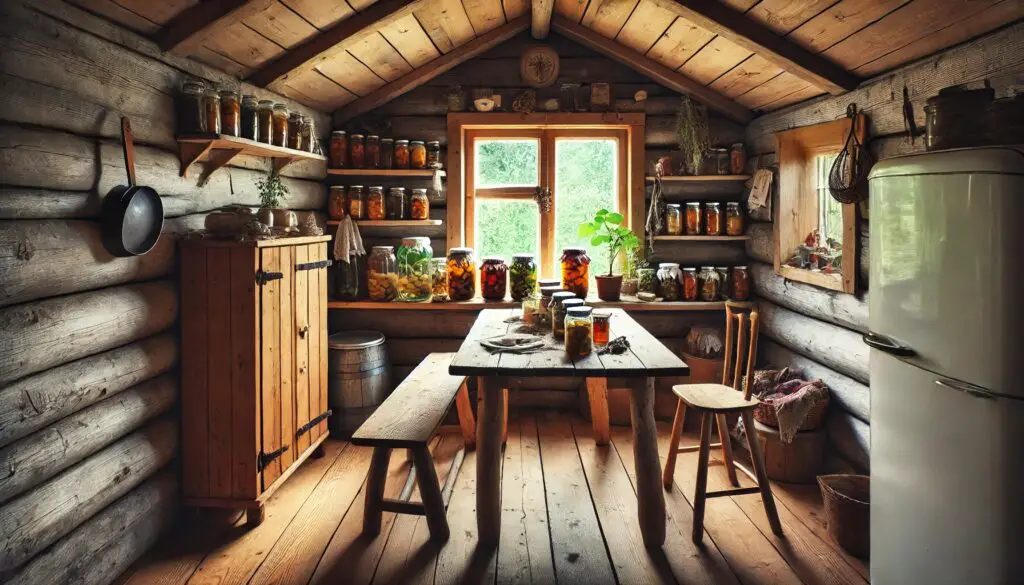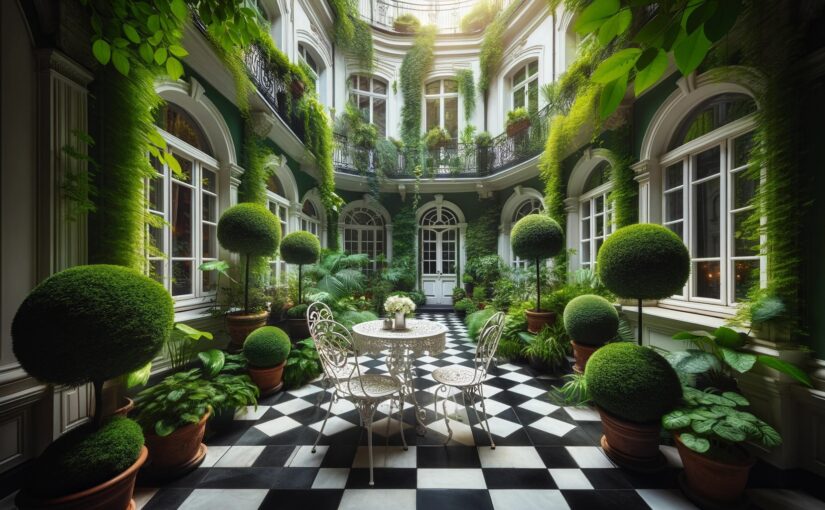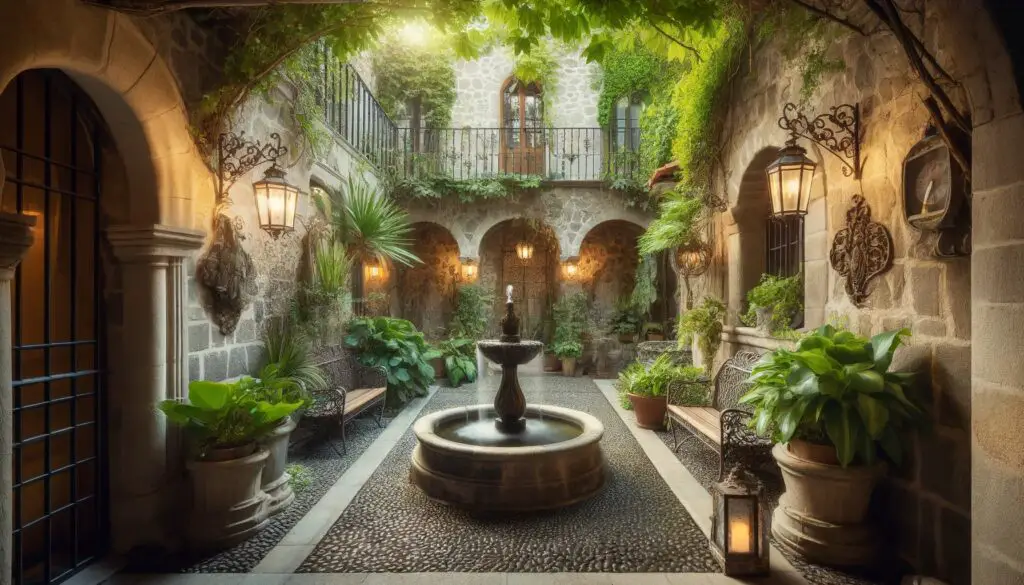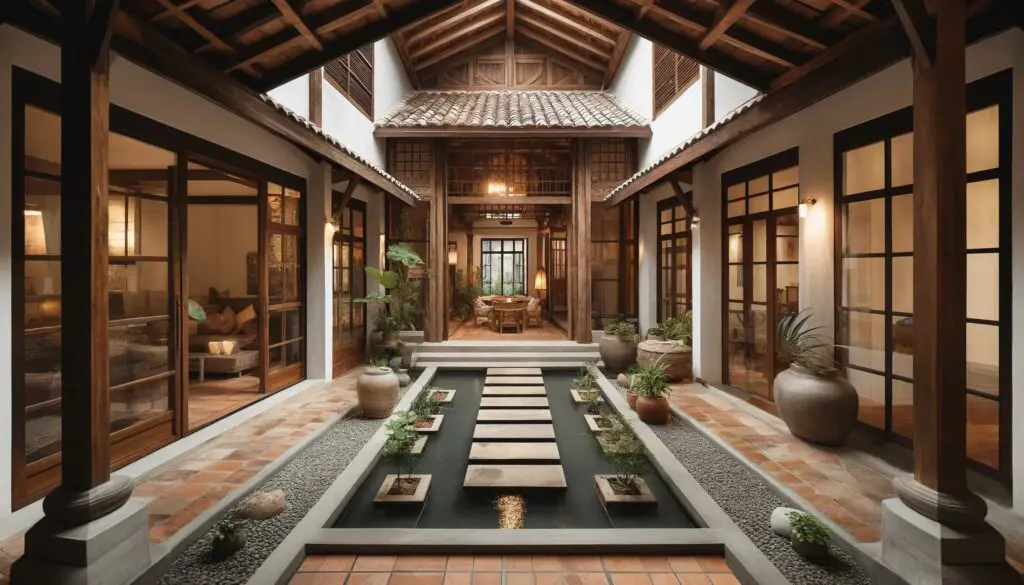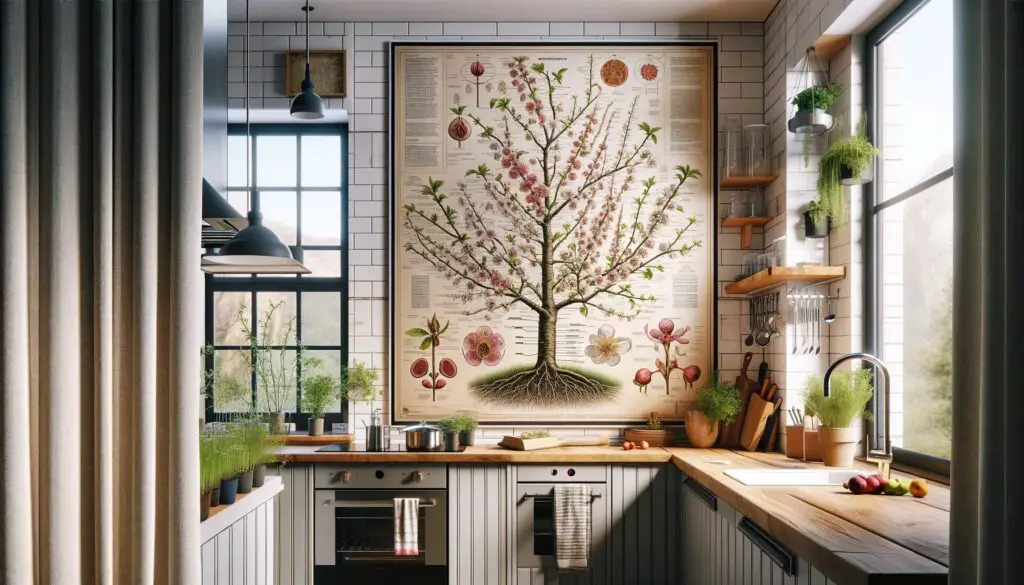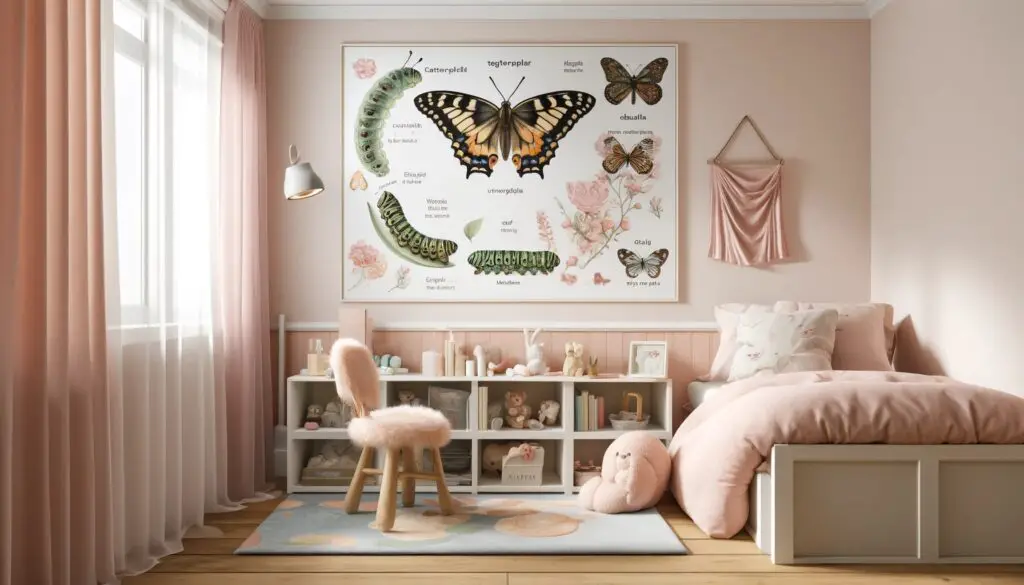Owning a vineyard sounds like something reserved for the wealthy, doesn’t it? Picture rolling hills, vines draped in the warm sun, and you, overseeing it all with a glass of your own wine in hand. But what if I told you that dream could be cheaper than you think? It’s entirely possible to get your own vineyard for under $20,000. Yes, really! You just need to be savvy, understand what to look for, and be ready for a bit of hard work.
Step 1: Finding the Right Land – Soil Matters!
First things first: the land. You’ll need a small plot of land to get started, and believe it or not, affordable plots can be found for under $20K. Websites like Craigslist, rural property auctions, or even land listings specifically for wine enthusiasts could be your best friend. But here’s the catch – it can’t just be any land. The soil plays a crucial role in growing grapes, and not all dirt is created equal.
What Soil Should You Look For?
Grapes thrive in well-draining soils. You don’t want heavy, compacted clay or overly rich, fertile soil. Why? Because grapes like to struggle a little. If the soil is too rich, the vines will put all their energy into growing lush, leafy vines instead of producing sweet, concentrated grapes. This is why some of the world’s best vineyards are planted on rocky, gravelly soil.
- Gravelly Soil: Excellent drainage, perfect for grapes.
- Sandy Soil: Also a good choice, as it heats up quickly, giving your vines early ripening grapes.
- Loamy Soil: A mix of sand, silt, and clay, loam is fertile but often needs drainage help for grapes.
- Limestone-Rich Soil: High pH levels in limestone soil give wines a distinct, crisp minerality (perfect for whites like Chardonnay).
The best way to find out what type of soil a piece of land has is by requesting a soil analysis from a local agricultural extension or hiring a consultant. This small investment is worth its weight in gold.
Step 2: Sun Exposure – Let There Be Light
Just like us, grapes need sunlight to thrive. A vineyard needs about 7-8 hours of sunlight per day. But it’s not just about getting enough sunlight; it’s also about where that sunlight comes from.
Which Direction Should Your Vineyard Face?
If you’re in the Northern Hemisphere, aim to have your vineyard face south or southeast. This ensures that the vines receive the most sunlight throughout the day, promoting even ripening and reducing the risk of disease.
- South-facing slopes: Optimal for heat and sunlight.
- Southeast-facing slopes: Good for capturing morning sun, which helps dry off morning dew and reduces mildew.
And if you’re in the Southern Hemisphere, flip that advice and go for north or northeast-facing slopes for the same benefits.

Step 3: Choosing Your Grape Variety – What’s Worth Growing?
Once you’ve got the land and the sunlight sorted, it’s time to think about what grape variety you want to grow. Now, this is where things get exciting! You don’t want to plant just any grapes; you’ll want to consider your local climate and what grows best in that region.
What Grape Varieties Should You Consider?
Here’s a handy breakdown:
- Cabernet Sauvignon: This grape thrives in warmer climates and is perfect if you’re in a sun-drenched area. The vines are hardy and can tolerate various soils.
- Chardonnay: Great for both cooler and warmer climates, Chardonnay is a versatile option. If you’re unsure of what works best for your area, Chardonnay is often a safe bet.
- Pinot Noir: If your chosen land is in a cooler climate, Pinot Noir could be your go-to. It can be a bit finicky but yields some of the most rewarding results for wine lovers.
- Sangiovese: Loves sun and heat. Perfect for warmer regions with well-draining soil. If you’re into Italian wines, Sangiovese might be a perfect match.
- Sauvignon Blanc: Does well in cooler climates and can even adapt to various soil types.
When choosing your grape variety, research what grows well in your climate zone. Each variety has its quirks, so it’s worth checking with local vintners or a vineyard consultant to make sure you’re making the right choice for your land.
Step 4: Costs – Breaking Down the Numbers
Let’s talk about the money. Since we’re trying to do this under $20K, we need to budget carefully.
Land Cost
If you look in the right places, you can find small plots of rural land between $10K-$15K, sometimes even less. Try websites like propertyunder20k.com for some hidden gems. Don’t expect it to be in the heart of Napa Valley, though. Instead, look at emerging wine regions, or even rural areas where grapes are growing but the wine scene hasn’t blown up yet.
Grape Vines
You can expect to pay anywhere from $3 to $7 per vine, depending on the variety and the supplier. Typically, one acre of land can support about 400-600 vines, but since we’re keeping costs low, starting with a smaller plot (a half-acre or less) will help manage expenses.
Let’s say you plant 300 vines. At an average of $5 per vine, you’re looking at around $1,500 for your vines.
Additional Costs
- Trellising: Grapevines need support as they grow, which is where trellises come in. Materials for trellising (posts, wires, etc.) will set you back about $3,000–$5,000 for a smaller vineyard.
- Irrigation: Depending on your region, you might need to install a drip irrigation system, which can cost around $1,000–$2,000. If you’re lucky and your climate provides enough natural rainfall, this might be something you can skip.
- Fencing: Deer and other animals love grapes almost as much as we do, so protecting your vines is essential. Budget around $1,000–$2,000 for a sturdy fence.
Total Breakdown:
- Land: $10,000 (give or take)
- Vines: $1,500
- Trellising & Irrigation: $5,000
- Fencing: $2,000
That brings us to about $18,500, leaving you a little cushion for any unexpected expenses.
Step 5: Your Vineyard Game Plan
So now you’ve got the land, the vines, and the know-how. But what’s next? Here’s a simple plan to get you started on your very own vineyard:
Year 1:
- Prepare the land: Clear any rocks or weeds, and test the soil. Amend it if necessary.
- Plant the vines: Space them correctly, usually about 5-7 feet apart, to allow room for growth.
- Install trellising and irrigation: Set up support and ensure your vines get the right amount of water.
Year 2-3:
- Prune and train the vines: Your vines will start to grow, but you need to manage them by pruning and training them along the trellises.
- Wait for the first fruit: It’s tempting, but don’t expect much fruit in the first year or two. The vines are just getting established.
Year 4 and Beyond:
- Harvest: Depending on the grape variety, you’ll start to see your first real harvest in year 3 or 4. Now the fun begins!
Final Thoughts: Your Dream Vineyard Is Possible
Starting your vineyard under $20K is entirely possible if you do your homework, choose the right land, and focus on keeping costs low. Whether it’s a hobby vineyard or the start of a wine empire, this dream can become your reality.


